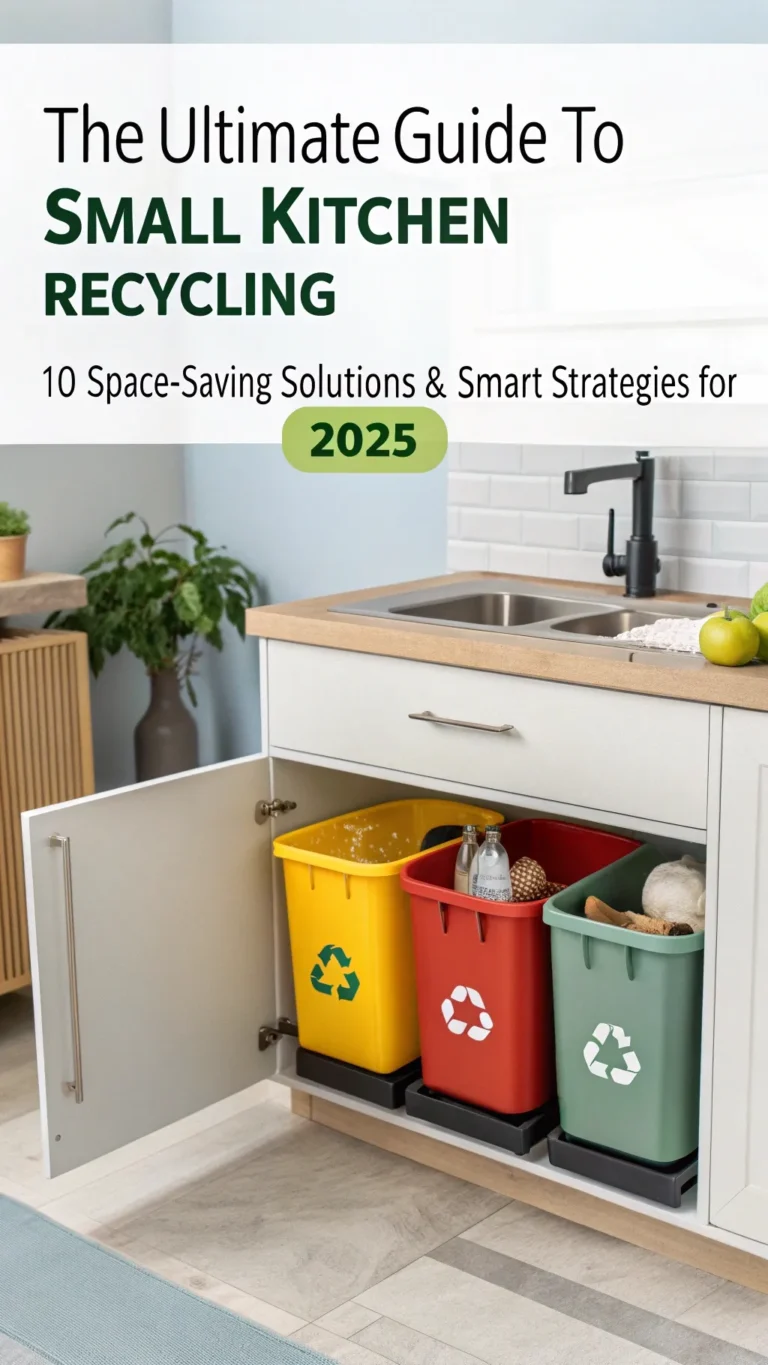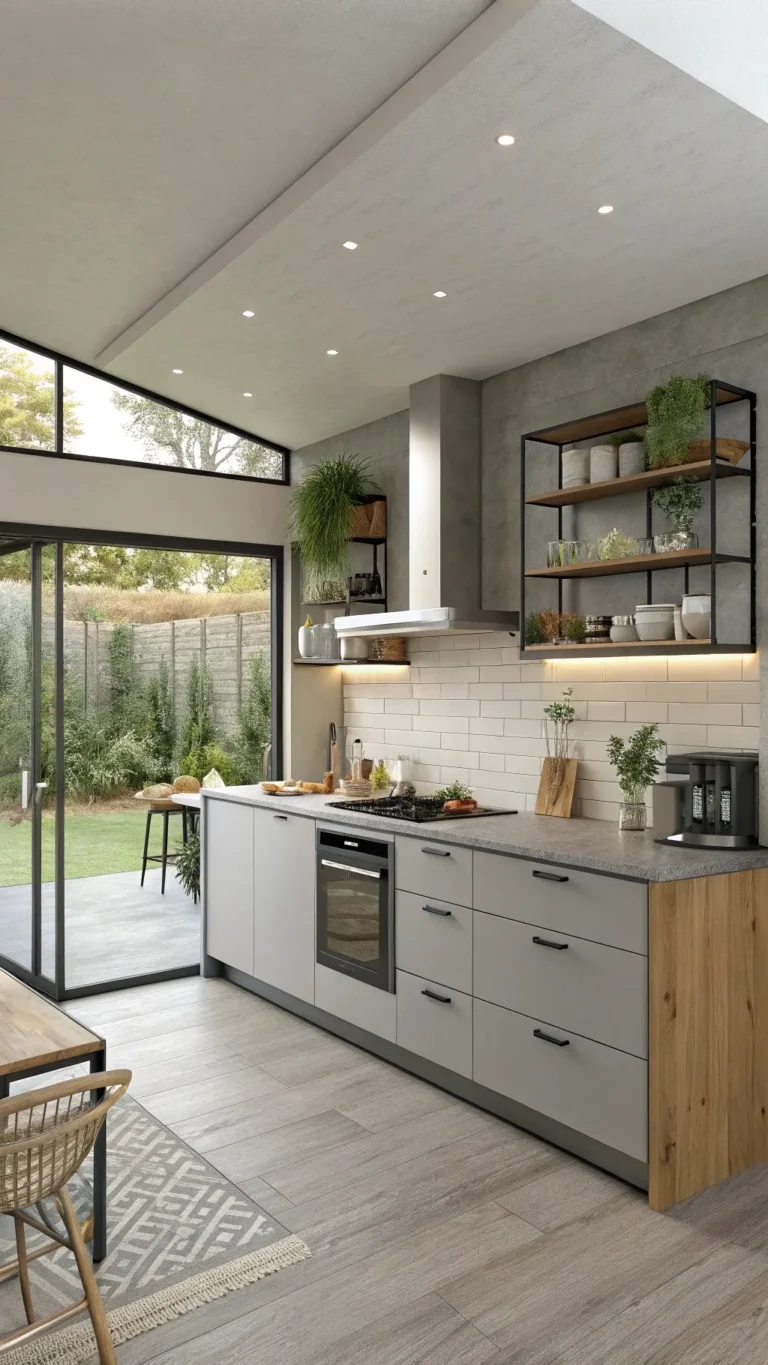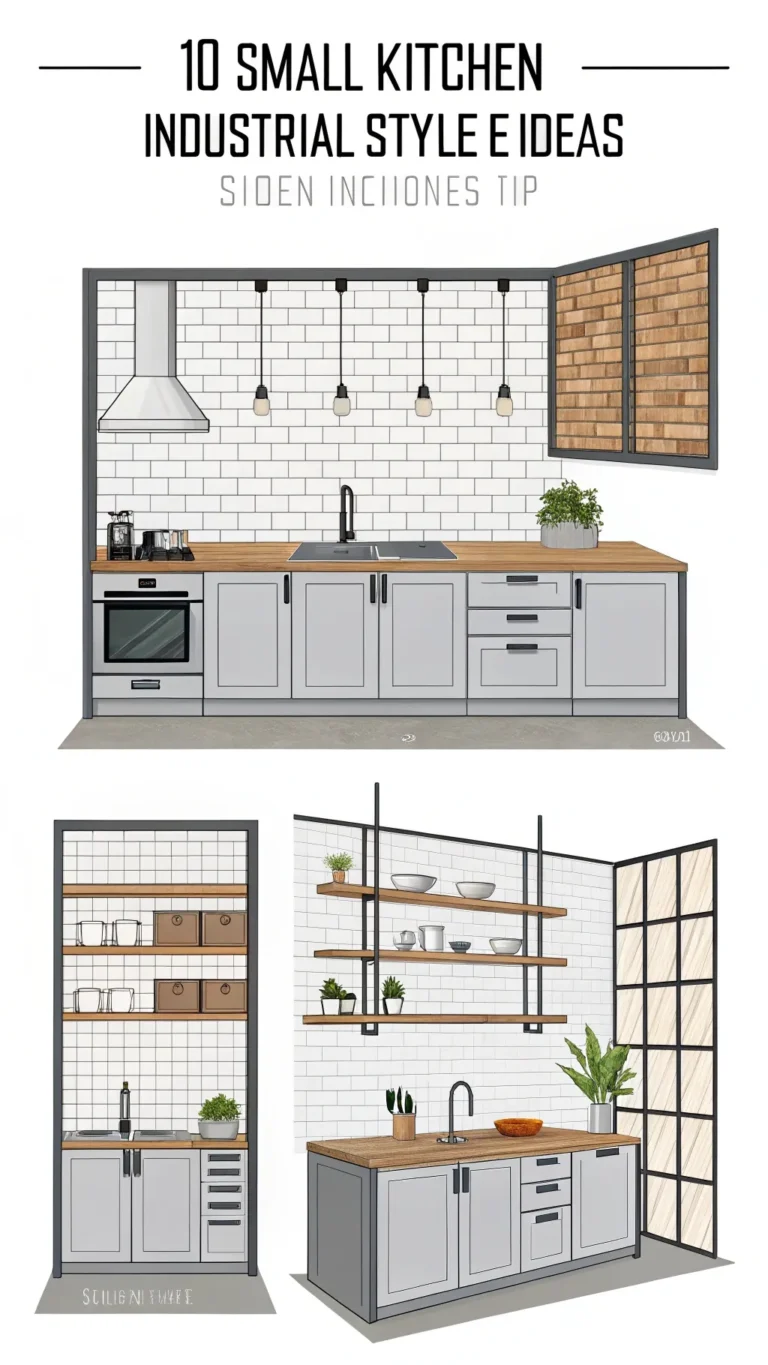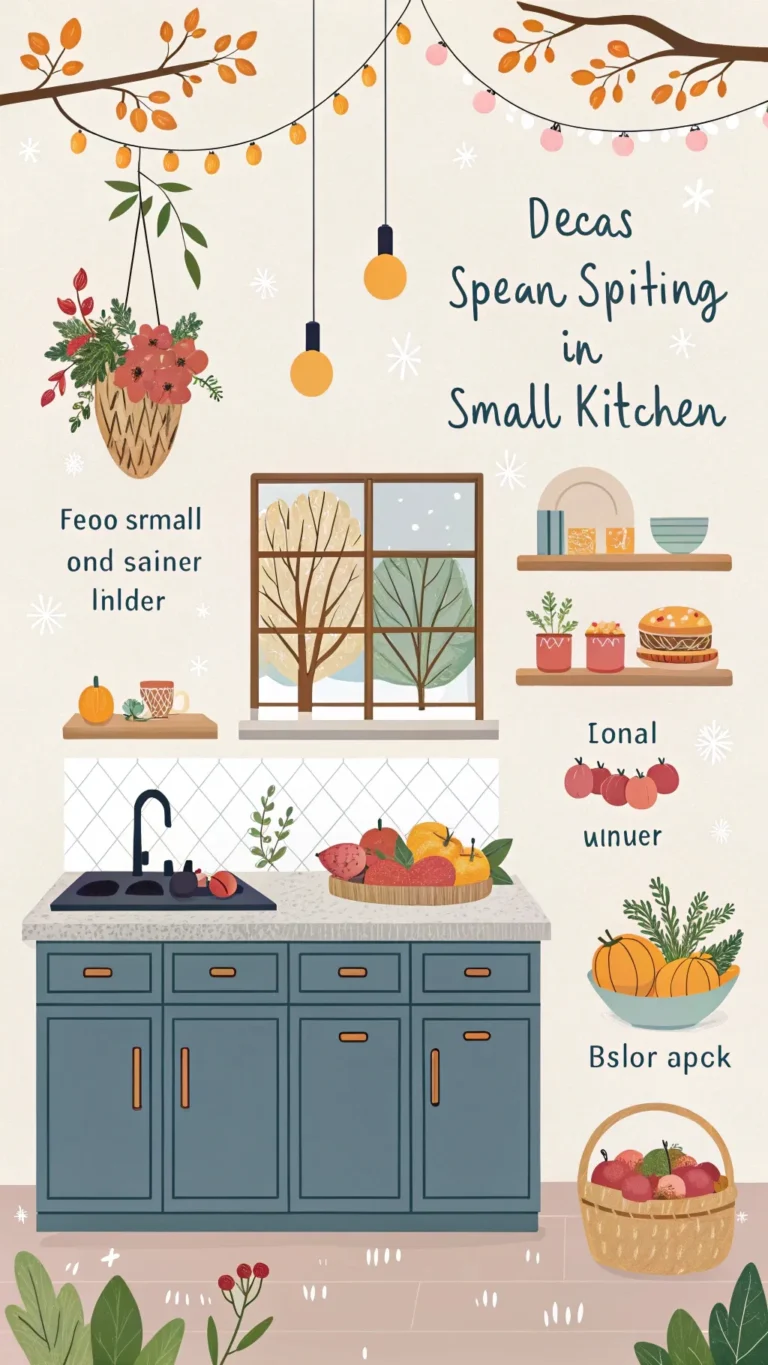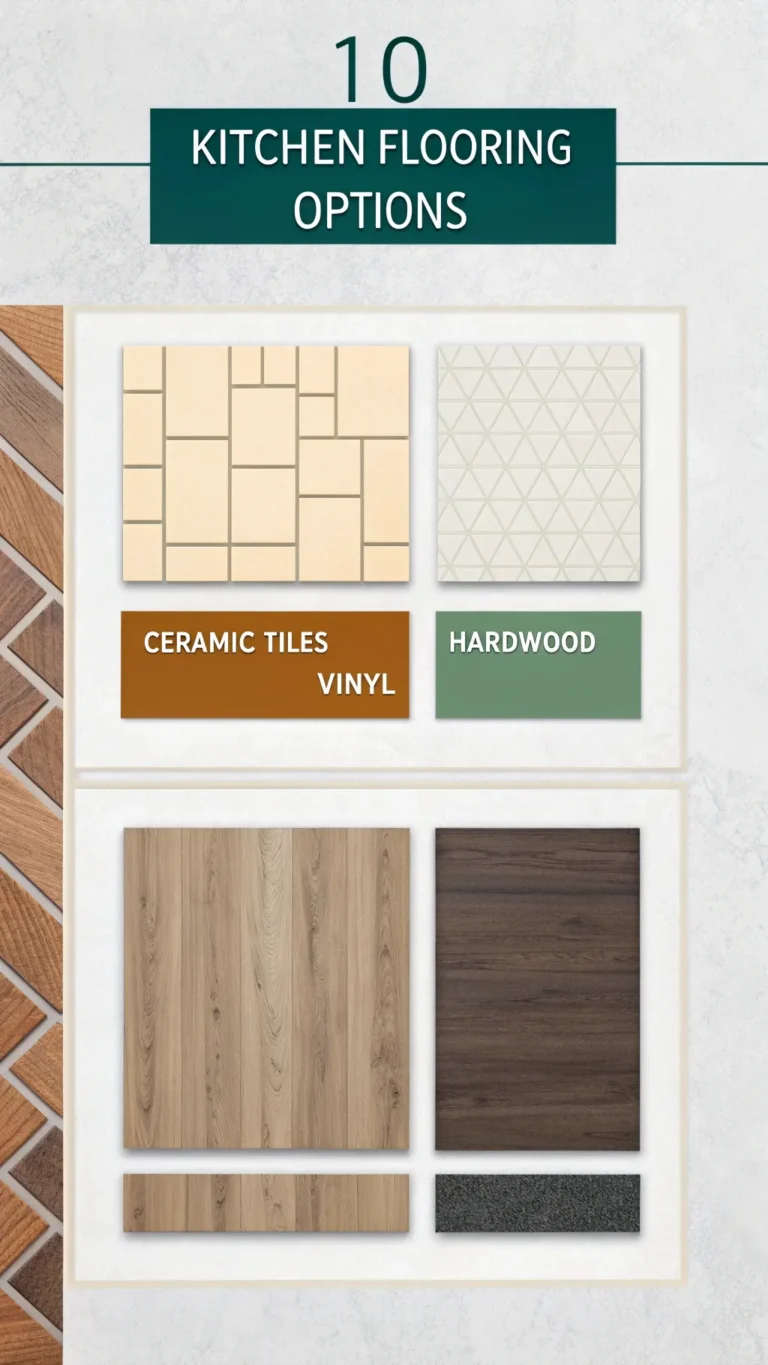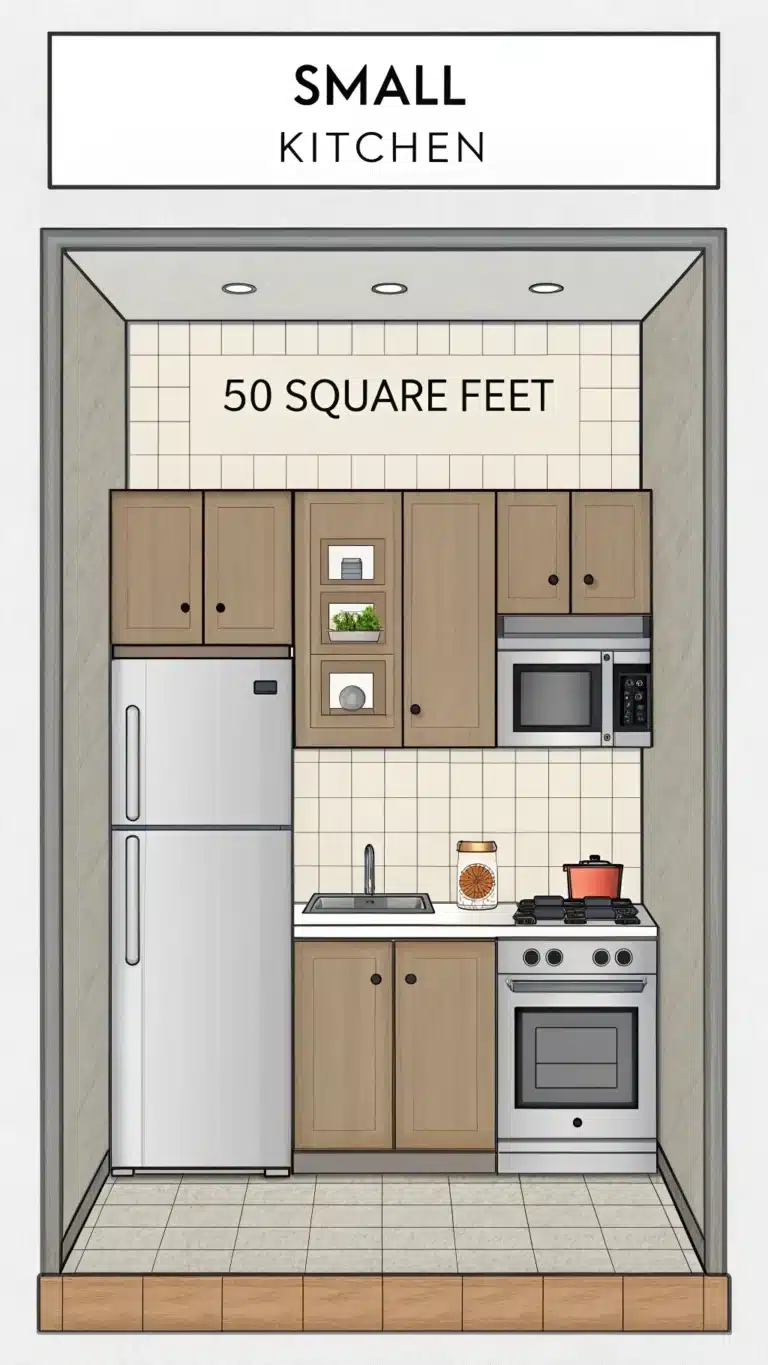Thinking about a new kitchen? It is exciting! You picture a fresh space. Better counters. More storage.
But then the big question hits. How long does it take to redo a small kitchen? It feels like a huge project. Daily life stops. Especially cooking. I know that feeling well.
This guide helps you plan. It shows the timeline for a small kitchen. We break down the steps. You will learn how to make your kitchen better for cooking. We share tips for meals during the work.
We will cover how long it takes. We look at what causes delays. We discuss designing your space. You get advice for living through the remodel. Let’s make your dream kitchen happen.
What Makes a Small Kitchen Renovation Take Longer?
Thinking about how long does it take to redo a small kitchen involves many steps. It is not just one big job. Different things change the time. Some make it faster. Others slow it down. Knowing these helps you plan better.
Understanding the Average Range
How long a small kitchen takes depends on the work needed. A simple update is fastest. This means new paint or cabinet doors. It might take only one to three weeks. A bigger job needs more time. This is a moderate remodel. You might change cabinets and counters. Plan for four to eight weeks here. A full gut job takes the longest. This means tearing everything out. It can take eight to twelve weeks or more. These are just average times for small spaces.
Key Factors That Add or Subtract Time
The amount of work is a big factor. Do you just update surfaces? Or move walls? Moving walls takes much longer. Doing it yourself can save money. But it often takes more time. You learn as you go. Hiring a pro speeds things up. But finding a good one takes time. Their schedule matters too.
Getting permits adds time. Local rules require them. Inspections are needed too. Waiting for these takes days or weeks. Special materials take time to arrive. Custom cabinets have lead times. Unique tiles or counters do too. Unexpected problems can pop up. Old pipes can leak. Wiring might be bad. This adds days or weeks. Making decisions quickly helps. Lingering on choices slows everything down.
Breaking Down the Phases of Your Kitchen Remodel
A kitchen remodel follows steps. Each step takes time. Knowing them helps you see the timeline. This is the kitchen remodeling process.
Phase 1: Planning & Design
This part takes weeks or months. It is very important. You meet with designers. You measure your space. You plan the layout. You pick materials. This is where you think about cooking. Where does the stove go? How much counter space do I need? Good planning here makes the cooking space better.
Phase 2: Demolition
Tearing out the old kitchen is fast. It usually takes one to three days. Old cabinets come out. Floors come up. It gets messy quickly.
Phase 3: Rough-In (Electrical, Plumbing, HVAC)
New pipes or wires go in now. This happens behind walls. It takes two to five days. This step is key for appliances. It puts water where the sink is needed. It adds power for the oven. This sets up your kitchen workflow.
Phase 4: Inspections
Officials check the work. They look at pipes and wires. This ensures safety. Waiting for them takes days. Passing takes more time. It can vary a lot.
Phase 5: Walls & Ceilings
Walls get fixed after pipes go in. Drywall is patched. Then comes painting. This takes two to five days. Surfaces get ready for cabinets.
Phase 6: Flooring
New floor goes in now. It takes one to four days. The type of floor matters. Tile takes longer than vinyl.
Phase 7: Cabinet Installation
Cabinets are the kitchen’s bones. They get installed. This takes two to four days. This step sets up storage. It defines your workspace. It impacts how you move when cooking.
Phase 8: Countertop Templating & Installation
Counters need exact shapes. Someone makes a template. This takes one day. Then the counter is made. This waits two weeks or more. Installation takes one to two days. This is your main prep area. It needs to be right.
Phase 9: Appliance & Fixture Installation
The fun part! The sink goes in. The faucet is added. Stove, fridge, dishwasher are hooked up. This takes two to four days. These are your cooking tools. They make the kitchen work.
Phase 10: Backsplash & Final Touches
Tiles go on the wall. Paint gets touched up. Handles go on cabinets. Cleaning happens last. This takes two to four days. Your kitchen is almost ready!
Creating a Culinary Haven in a Compact Space
A small kitchen can work well. It needs smart design. You want a space for cooking. It should feel good to use.
Mastering the Small Kitchen Layout
Think about how you cook. Do you bake a lot? Do you make quick meals? Your layout helps this. The “work triangle” is key. It connects the sink, stove, fridge. In small kitchens, this triangle is tight. Make sure they are close. Plan zones for prep, cooking, cleaning. Put tools where you use them. Keep knives by the prep area. Spices near the stove. This improves kitchen workflow.
Some layouts fit small spaces well. A galley kitchen is narrow. It has counters on two sides. An L-shape uses two walls. A U-shape uses three. Pick one that fits your room shape. Think about what you cook. Need space for baking sheets? Plan for that. Need a spot for a big mixer? Find a home for it.
Maximizing Every Inch: Smart Storage Solutions
Small kitchens need smart storage. Use the wall space. Tall cabinets reach the ceiling. This adds lots of room. Put in pull-out shelves. They make finding things easy. Drawer organizers keep tools neat. A lazy Susan in a corner works wonders. Hang knives on a magnetic strip. Hang pots on a rack. Every corner can hold something. Think about charging spots too. Maybe for a tablet showing recipes.
Lighting & Materials for Function and Ambiance
Good light is important. You need light to see what you cut. Under-cabinet lights help here. Ceiling lights brighten the room. Choose counters you can work on. They should be tough. Easy to clean is key. Granite or quartz are good options. Laminate is budget friendly. Think about flooring too. It should be easy to clean spills. Comfortable to stand on for hours.
Keeping Your Household Fed While Your Kitchen is Under Construction
Living without a kitchen is hard. You need to plan for meals. The renovation timeline affects this. You will eat differently for a while.
Setting Up a Temporary Kitchen Setup
Find another spot for cooking. Maybe the dining room. Or a garage corner. You need some basic tools. A microwave is a must. A toaster oven bakes small things. A hot plate lets you cook in a pot. A slow cooker or pressure cooker makes easy meals. Keep essential tools only. A few pots, pans, plates, forks. Washing dishes is tricky. Use a large basin. Wash in hot soapy water. Rinse in clean water.
| Tool | Use During Reno |
|---|---|
| Microwave | Heating, simple cooking |
| Toaster Oven | Baking, toasting, warming |
| Hot Plate | Stovetop cooking |
| Slow Cooker | One-pot meals |
| Electric Kettle | Hot water for drinks |
Meal Planning & Prep Strategies
Plan simple meals. Focus on no-cook options. Sandwiches, salads work well. Use your temporary kitchen tools. Slow cooker meals are great. Cook a big batch before work starts. Freeze portions. Grill outside if you can. Use meal kits for easy dinners. Healthy pre-made food is an option too. Think quick meals that need little cleanup. This makes renovation less stressful.
Minimizing Stress & Maintaining Sanity
Talk to your contractor often. Ask about the schedule. Know when water or power is off. Ask about dust control. Cover furniture. Set clear rules for the workers. Be realistic about the time. Things happen. Delays occur. It is okay to order pizza sometimes. Budget for eating out. This helps you stay happy.
Real-World Example: From Cramped Kitchen to Baking Paradise
Let me tell you about Sarah. She loved baking. Her small kitchen made it hard. Counters were too small. Her oven was in a bad spot. No space for mixers or pans. Baking felt like a fight. She knew how long does it take to redo a small kitchen. She decided to go for it.
The Baker’s Kitchen Reno
Sarah planned her kitchen carefully. She worked with a designer. They focused on baking needs. They changed the layout. This gave her more counter space. They added pull-out shelves. These held her flours and sugars. She put in deep drawers. These stored her baking pans easily. Good lights went over the counters. She chose a durable counter material. One that was easy to clean flour from. This was key for her prep work.
Preparation Process
Sarah spent weeks planning. This was Phase 1. She picked every detail. She thought about her cooking workflow. Where would she mix dough? Where would cakes cool? She set up a temporary kitchen. It had a good toaster oven. She baked simple things there. She froze lots of meals before demolition. The renovation took eight weeks. This fit the average time for a moderate remodel.
Outcome
Her new kitchen changed everything. She had space to spread out. Her tools were easy to find. She could try new recipes. Baking was fun again. The renovation took time. But the result was worth it. Her small kitchen felt bigger. It worked perfectly for her baking passion.
Your Small Kitchen Renovation Questions Answered
People ask many things about kitchen remodels. Here are some common ones.
How long does a DIY small kitchen renovation take compared to hiring a pro?
Doing it yourself usually takes longer. Pros have experience. They do this every day. They have teams. A pro might finish in 4-8 weeks. Doing it yourself could take months.
What are the biggest causes of delays in a kitchen remodel timeline?
Waiting for permits causes delays. Unexpected problems behind walls do too. Getting materials on time is key. Slow decision making adds time.
What are some budget-friendly kitchen renovation tips to save time and money?
Keep the same layout. Do not move pipes or wires. Reface cabinets instead of replacing them. Choose cheaper, in-stock materials.
What are the essential tools for a temporary kitchen setup during renovation?
A microwave, toaster oven, and hot plate are basic needs. A slow cooker is very helpful. Do not forget plates and forks!
How can I make sure my new kitchen layout improves my cooking workflow?
Think about your cooking habits. Where do you chop? Where do you stand at the stove? Place your sink, stove, and fridge in a good triangle. Make sure prep space is near the sink and stove.
Your Journey to a Better Kitchen Starts Now
We talked about how long does it take to redo a small kitchen. It varies. Planning makes a big difference. It helps manage the time. It also makes your kitchen work better.
Think about your cooking habits. What works now? What does not? Plan your new space for that. Research materials that help your cooking. Talk to designers or builders.
Take the first step today. You can have an efficient kitchen. One that is a joy to cook in. It is within your reach.
Your Small Kitchen Renovation Questions Answered
People ask many things about kitchen remodels. Here are some common ones.
How long does a DIY small kitchen renovation take compared to hiring a pro?
Doing it yourself usually takes longer. Pros have experience. They do this every day. They have teams. A pro might finish fast. Doing it yourself could take months.
What are the biggest causes of delays in a kitchen remodel timeline?
Waiting for permits causes delays. Problems behind walls do too. Getting materials on time is key. Slow decision making adds time.
What are some budget-friendly kitchen renovation tips to save time and money?
Keep the same layout. Do not move pipes or wires. Reface cabinets instead. Choose cheaper materials. Pick things in stock.
What are the essential tools for a temporary kitchen setup during renovation?
A microwave is basic. A toaster oven helps too. A hot plate lets you cook. A slow cooker is useful. Get plates and forks!
How can I make sure my new kitchen layout improves my cooking workflow?
Think about your cooking habits. Where do you chop? Where do you cook? Place your sink, stove, fridge well. Put prep space near them.
Your Journey to a Better Kitchen Starts Now
I know you wondered how long it takes to redo a small kitchen. It is a big question for many people. The time really changes based on the project. It depends on your choices. It depends on the work needed. But careful planning is your best tool. It helps manage the timeline better. It makes the whole project much smoother.
Good planning ensures a great result. You get a kitchen that truly works for you. A space made for how you cook and create. I have seen how smart design changes everything. It turns a cramped space into a joy. Understanding the kitchen remodeling process helps you prepare for each step. Think about the layout and storage solutions. An efficient kitchen design saves time every day. It makes cooking and cleanup easier. These kitchen planning tips are so important for success. They help you create your perfect culinary space.
Start thinking about your kitchen today. Look closely at your current setup. Where do you prep food? Where do you cook meals? How could the space flow better? Research different materials for counters or floors. Find things you love that fit your style. Maybe get ideas from kitchen designers. Talking to a good contractor is a smart step.
Take that first step forward. Plan for the kitchen you dream of having. The efficient space you deserve is possible to achieve. One that supports all your cooking and baking activities.

